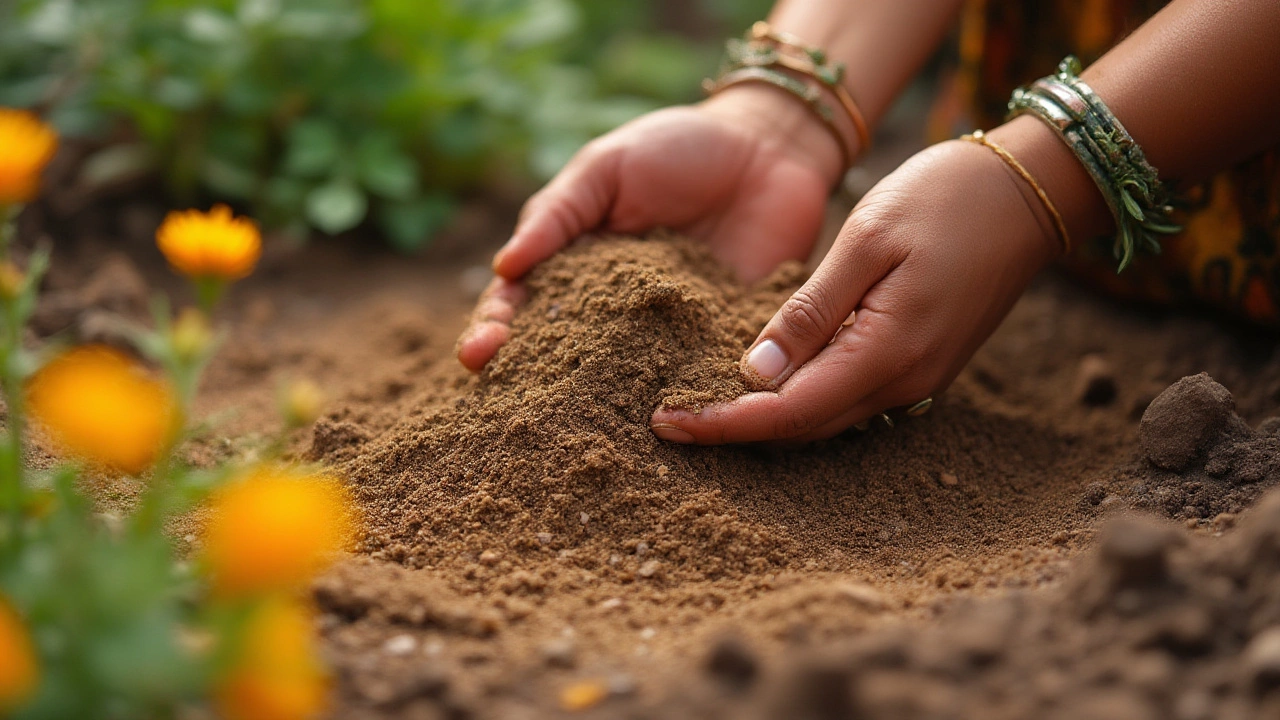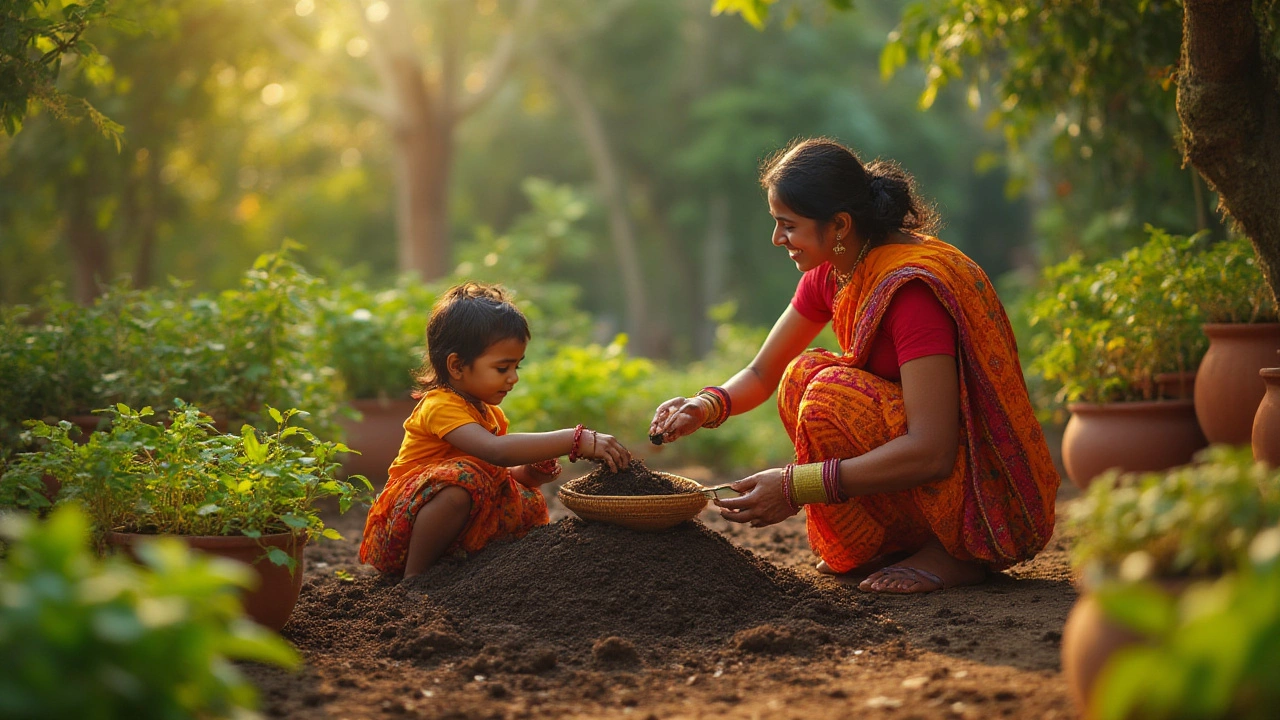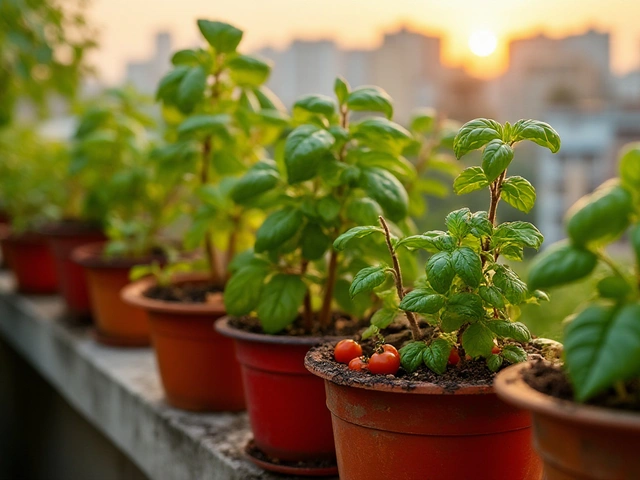Ever notice how digging in your garden sometimes feels like stabbing a brick? Heavy, dense soil is a pain—literally. Not only does it make planting harder, it also chokes your plants. Air and water can’t squeeze through tightly packed soil, so roots stagnate, growth slows, and some plants outright refuse to thrive. If garden work has your arms aching, your soil’s density could be pinning back your whole outdoor setup.
Understanding Your Soil: Why Density Matters
Let’s get one thing clear: not all soils are created equal. Here in Auckland, I’ve seen it all—heavy clay, sandy patches, even pockets of good old silt. Dense soil mainly means there’s too little air between the particles. When soil holds tightly together, rain and irrigation just run off, water pools on top, and after a couple of hot days, ground bakes solid. For roots that need to spread out and breathe, all this spells trouble. Studies from New Zealand’s Plant & Food Research institute show clay-heavy gardens often yield less, and plants struggle more, than gardens with looser soil.
What’s actually happening at ground level? In clay-dominant soils, tiny particles pack together like rice grains in a bag—almost no gaps between. Over time, every step compacts them more. Lawn mowers, vehicles, even just a few rainy winters make compaction worse. Sandier soils bring their own issues (like nutrient leaching), but at least water travels through a bit better. Unless your soil is naturally loose and friable, you’ll need a plan to give plants a fighting chance.
But don’t think you’re stuck. Soil is shockingly responsive, and with the right tweaks, you can radically change its texture without pulling up your whole garden. Most fixes are pretty simple, once you know what works (and what doesn’t).
Best Materials to Add for Looser Soil
If you want your garden soil to be “fluffy”—that soft, crumbly stuff roots love—start with organic matter. It’s a game changer. The single most effective additive is compost. High-quality compost, whether you buy it bagged or make your own, transforms tough soil. Grab a shovel of dense earth, mix in compost, and you’ll feel the difference instantly. It doesn’t just add nutrients; it disrupts those tight bonds between clay or silt particles, letting air and moisture reach roots. Good compost also encourages earthworms and beneficial microbes, both of which naturally chip away at compaction.
Manure is another fantastic organic option. Well-rotted manure from cows, horses, or sheep works best. Fresh stuff burns plants, so let it sit at least six months. Besides boosting fertility, manure adds bulk—improving tilt (structure) and breaking up packed clods. Mix a layer through before planting, not just scatter on top.
Coco coir, made from coconut husks, is brilliant for water retention and aeration. It’s increasingly popular in New Zealand because it’s a renewable alternative to peat. Coir soaks up water like a sponge and creates gaps between soil particles, making the whole bed lighter. When you add coir, soak it in water first, so it expands fully before mixing it in.
Leaf mold, produced by decomposing autumn leaves, is another underused hero. It takes a bit of patience—let a pile of leaves rot down for a year—but it’s unbeatable for aeration. Mix it with dense soil, and you’ll notice worms arrive fast. Their activity helps keep things light and mobile under the surface.
If you’re after a quick fix, washed sand can work, but go easy: too much can turn heavy soil into concrete. The sweet spot is about one part sand to four parts soil, mixed with lots of organics like compost. Never add builder’s sand or beach sand; the salts and fine particles just make matters worse.
Gypsum (calcium sulfate) gets a mention too. In clay soils with a high sodium content (common in certain pockets around Auckland), gypsum can be a lifesaver. It changes the texture on a chemical level, breaking up compacted clods and letting roots wriggle through. It’s not a cure-all for every soil, though. If in doubt, grab a pH and soil test kit—these are cheap and easy, and they’ll tell you if gypsum can help your exact patch.

How to Actually Mix in Soil Amendments
Don’t just scatter additives on the surface—it won’t do much. The real prize comes when you work amendments deep into the upper soil. The rule of thumb? Go down at least 15 to 20 centimeters. That’s where most roots hang out. If you have a small veggie patch, hand tools (fork, spade, or even a broadfork) work fine. For bigger areas, consider borrowing—or renting—a tiller, but use care: over-tilling can hurt earthworm populations and even compact deeper layers if you’re not cautious.
The best time to dig in soil boosters is either early spring or late autumn. Soil is soft enough to work (not frozen, not swampy), and beds are empty or nearly so. Dump your chosen amendment—compost, manure, coir—across the surface, then dig or fork it all together thoroughly. With more compact soil, layering up three to five centimeters of organic material per season is ideal. Patience pays here. One blitz won’t turn clay to chocolate cake, but steady work each season gets you closer.
If you’re dealing with especially hardpan soil—a dense, almost rock-like layer a foot below the surface—double digging sometimes helps. This old-school technique means loosening a trench, filling it with amendment, and moving along the row. It’s a serious workout, but for raised beds or precious food gardens, it does wonders.
For perennial beds, you can gently layer compost or leaf mold each year around plants. Rain and worms gradually draw it down. No need to rip up established roots. That’s called “top-dressing,” and it’s the lazy gardener’s secret weapon for ongoing improvement. It also keeps down weeds.
Alternative Tricks for Soil Aeration
Maybe you want less digging and more simple maintenance. That’s where cover crops and regular mulching come in. Sow green manures like clover, vetch, or lupins in off-seasons. These crops develop deep roots that break up subsoil, loosening things up naturally. When they’re done, don’t pull—just cut and let the roots rot in the ground. It all adds organic matter over time.
Mulch also works magic. Use a loose, chunky mulch—like straw, bark chips, or even pine needles—to blanket soil between plantings. This protects against weather compaction, shades earthworms as they tunnel, and keeps moisture in. Every six months, rake away compacted mulch, add some fresh material, and you’ll barely recognize your soil after a year or two. Raised beds filled with a high percentage of organic matter (50% or more) rarely get compacted in the first place, so for small urban gardens or balcony projects, building up instead of digging down can sometimes be the easiest fix.
If you notice certain “problem areas”—usually around well-trodden paths or near the base of frequent plantings—consider adding stepping stones or boards to spread out your weight. Something as simple as a plank can stop your weight from squashing soil flat. Gardeners often ignore this, but it makes a real difference over time, especially in wet months.
A lesser-known trick uses mycorrhizal fungi amendments. They may sound fancy, but you can pick them up at garden stores. These fungi form partnerships with plant roots, sending out thread-like structures to improve both aeration and water uptake. Gardeners in the Waikato region have seen tomato yields jump after adding these fungi to new beds, and the difference in root health is obvious when you inspect pulled plants at the end of the season.

Common Pitfalls and What to Avoid
There are a few classic blunders worth skipping. The first? Adding sand straight to clay-heavy compacted soil. If you dump builder’s sand on clay, it sets like mortar when it rains, only making the compaction worse. Always pair sand with plenty of organic matter, and keep the ratio sensible—no more than a quarter of the total mix.
Peat moss is another traditional fix, but there’s controversy now over its sustainability. It does help loosen soil and raise acidity (good for rhododendrons or blueberries), but large-scale harvesting damages peat bogs. In New Zealand, most garden centers are ditching peat in favor of renewable coir. Follow their lead for the planet’s sake, and because coir really works.
Don’t forget about drainage. If your beds sit low or heavy rain puddles for a day or more, even fluffy soil will struggle. Raised beds, French drains, or just sloping pathways a few centimeters higher can save your back and your plants’ lives. Good drainage means good aeration.
Another easy trap: compacting soil by working it wet. If things are soggy after a deluge, step away from the shovel. Every footprint and spadeful squashes the air out, making later repair much harder. Test the soil by squeezing a handful—if it crumbles, it’s good to go; if it forms a ball, wait until it dries a bit.
Some folks turn to chemical solutions thinking they’ll instantly transform the ground. While gypsum works for some clays, most chemical “soil softeners” only offer a short-term effect. Stick with real, gritty organics and physical adjustment over time for serious results.
Finally, don’t overdo it. Too much of anything—be it manure, compost, or sand—throws off the balance. Stick to advice from local gardeners or gardening clubs (Auckland’s ones are lively resources) and watch how your patch responds each season.
If you’ve ever envied those lush vegetable plots or vibrant flower beds that seem to thrive no matter the weather, remember: they usually started out just as stubbornly packed as anyone else’s soil. A little knowledge, the right amendments, and a bit of patience can turn that hard ground into a gardener’s dream.





